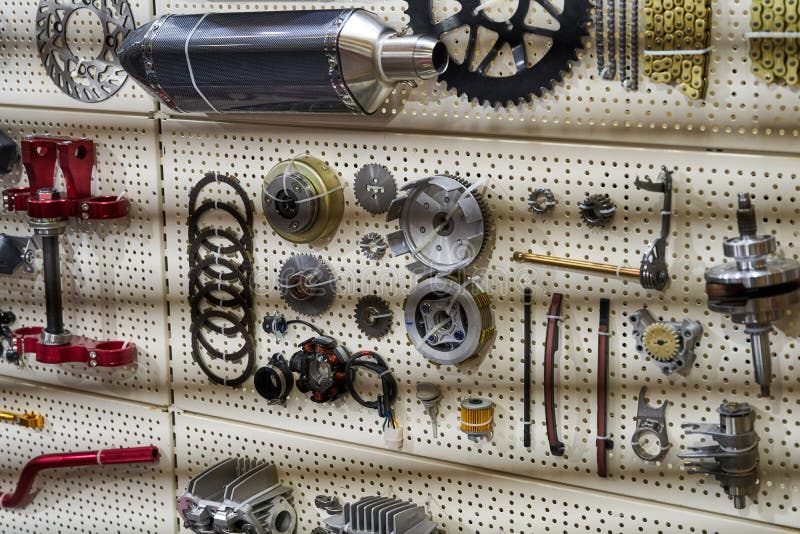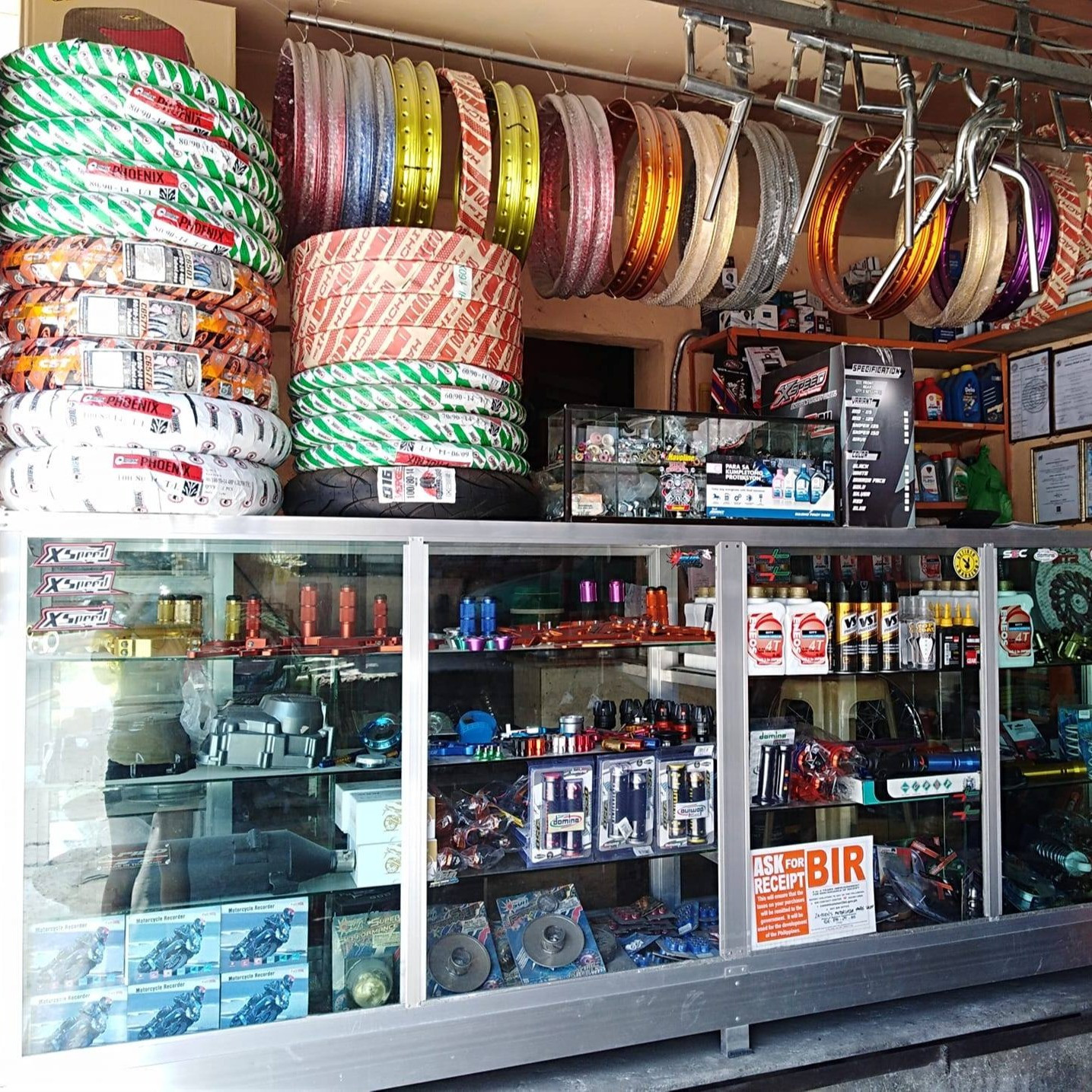Discover Top Quality Moto Parts NZ for All Your Motorcycle Requirements
Discover Top Quality Moto Parts NZ for All Your Motorcycle Requirements
Blog Article
Mastering Bike Gears: Just How to Maximize Your Riding Experience
In the world of motorcycling, mastering the art of gear adjustment is crucial for boosting your riding performance. Properly using and comprehending motorcycle gears can considerably impact fuel, control, and velocity performance, transforming an average ride right into a seamless, exhilarating trip. By integrating accurate change timing and adapting gear choice to various roadway conditions, cyclists can make sure ideal engine efficiency and security. The subtleties of clutch control, throttle sychronisation, and gear auto mechanics beckon a much deeper exploration, assuring to unlock the complete potential of your machine. Just how can these techniques be used to really maximize your riding experience?
Understanding Gear Mechanics
At the core of motorbike dynamics, equipment mechanics play a pivotal role in transforming engine power right into motion, eventually determining speed and control. The gear ratios, thoroughly developed, figure out the connection in between engine transformations and wheel turns, impacting acceleration and gas effectiveness.
Comprehending equipment auto mechanics begins with recognizing the value of the transmission, which houses multiple equipments of varying dimensions. These equipments interact via a process referred to as meshing, where teeth of various gears involve to transmit power. The accuracy of this interaction is essential; any kind of misalignment or damage can lead to ineffective power transfer, hindering efficiency. Additionally, the plan and size of equipments affect the motorbike's ability to deal with various tons and rates.
Furthermore, the principle of gear moving is important to optimizing performance. Smooth and timely changes ensure that the engine operates within its ideal power band, preventing unnecessary stress and boosting longevity (moto parts nz). By comprehending these mechanical ins and outs, cyclists can attain a harmonious blend of control, power, and efficiency, elevating their riding experience
Timing Your Shifts
Shift timing proficiency is crucial for optimizing motorcycle performance and improving the riding experience. Appropriately timed changes make sure that the engine runs within its ideal power band, which is critical for keeping control, attaining smooth velocity, and making certain the long life of the bike. Cyclists must develop an user-friendly sense of when to shift gears, which involves understanding the relationship between engine transformations per minute (RPM) and speed.
To master change timing, pay very close attention to the engine's audio and really feel, as these supply crucial hints about when to change equipments. The suitable shift point typically takes place when the engine comes close to the top variety of its power band without reaching the redline. Shifting prematurely can result in an absence of power, while moving also late may cause unneeded engine stress
Furthermore, road conditions and riding design influence shift timing. In comparison, throughout freeway riding, less shifts at greater rates can be extra suitable.
Enhancing Gas Efficiency
While grasping bike gears is vital for performance, improving fuel effectiveness is just as important for both ecological and economic factors. Optimum fuel usage not just reduces operational expenses however additionally decreases the ecological footprint of riding. To attain this, one have to understand the intricate connection between gear choice and engine efficiency.
Riding in a higher gear at lower rates can lead to engine hauling, which is harmful to both fuel economy and engine health. Alternatively, riding in reduced equipments at high speeds results in unnecessary gas consumption.
Additionally, normal upkeep plays a crucial role in gas performance. Making sure that the bike is well-tuned, with tidy air filters and effectively blew up tires, can decrease and boost aerodynamics fuel wastage. Additionally, embracing a riding style that accepts progressive velocity and smooth slowdown can add to much better fuel economic climate.

Techniques for Smooth Transitions
Attaining smooth equipment transitions is essential to improving the riding experience and ensuring the durability of a motorbike's transmission system. Proper gear moving not just contributes to a smooth experience however also reduces deterioration on the mechanical parts. To understand the art of smooth shifts, bikers should focus on a few key techniques.

Secondly, clutch control plays a crucial duty. Engaging and disengaging the clutch smoothly requires practice. The clutch bar must be released progressively, enabling a smooth transfer of power from the engine to the wheels without creating a jolt or sudden motion.

Adjusting to Road Problems
Navigating varied roadway problems is an important ability for any motorcyclist aiming to maintain control and safety. Whether you're riding on damp surface areas, crushed rock roadways, or navigating doglegs, your capacity to adapt your equipment usage and riding strategy is extremely important. Comprehending exactly how to adjust your equipments appropriately can significantly influence grip and stability, making sure a more secure journey.
In contrast, when riding on gravel or irregular terrain, lower equipments are more effective. Reduced equipments give better control and allow you to react even more quickly to unforeseen modifications in the roadway surface area.
Sharp contours require specific equipment administration to stabilize rate and control. Downshifting before getting in a curve can aid keep energy while guaranteeing the motorbike stays steady throughout the turn. Regular practice in varied problems improves your ability to anticipate and respond to changes in road appearance and incline.
Conclusion
Grasping bike equipments substantially improves the riding experience by enhancing velocity, control, and fuel effectiveness. Adapting equipment choice to various roadway conditions, such as using greater gears on click resources damp surface areas and lower equipments on crushed rock, more boosts handling and security.
Understanding gear mechanics starts with acknowledging the importance of the transmission, which houses several equipments of differing dimensions. These equipments engage via a process known as meshing, where teeth of various gears engage to send power (motocross gear). Gentle adjustments to the throttle during gear shifts can avoid jerky activities and keep a constant riding speed
Whether you're riding on wet surface areas, gravel roadways, or navigating sharp turns, your capacity to address adapt your gear usage and riding method is critical. Adjusting gear selection to different road conditions, such as utilizing greater gears on wet surface areas and reduced equipments on gravel, further enhances handling and safety and security.
Report this page